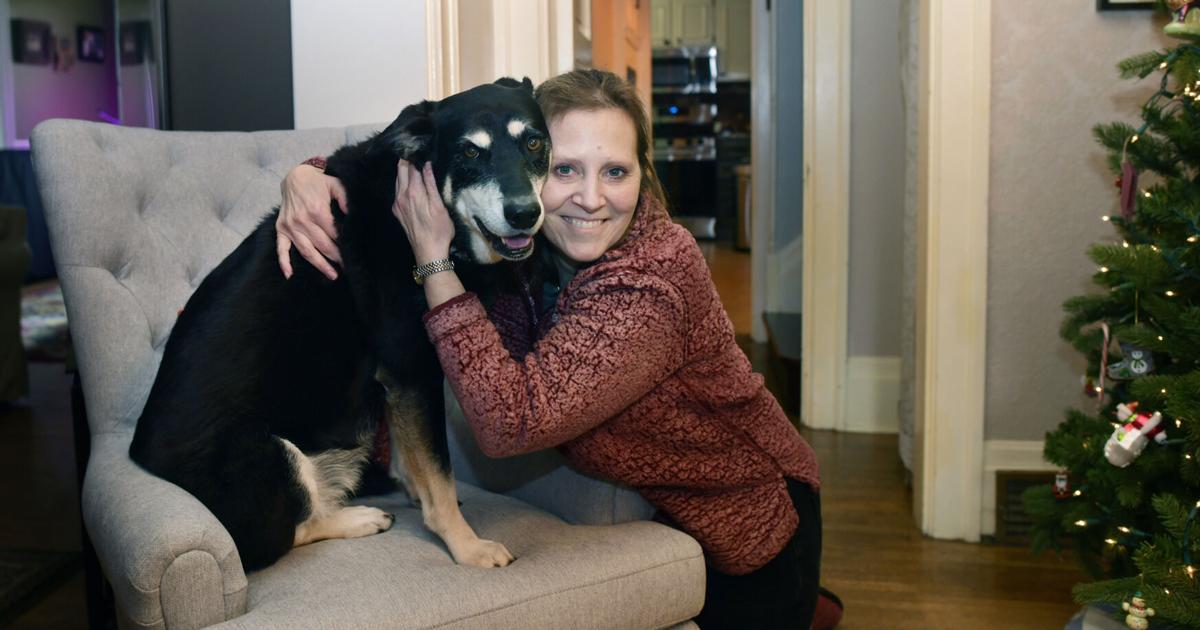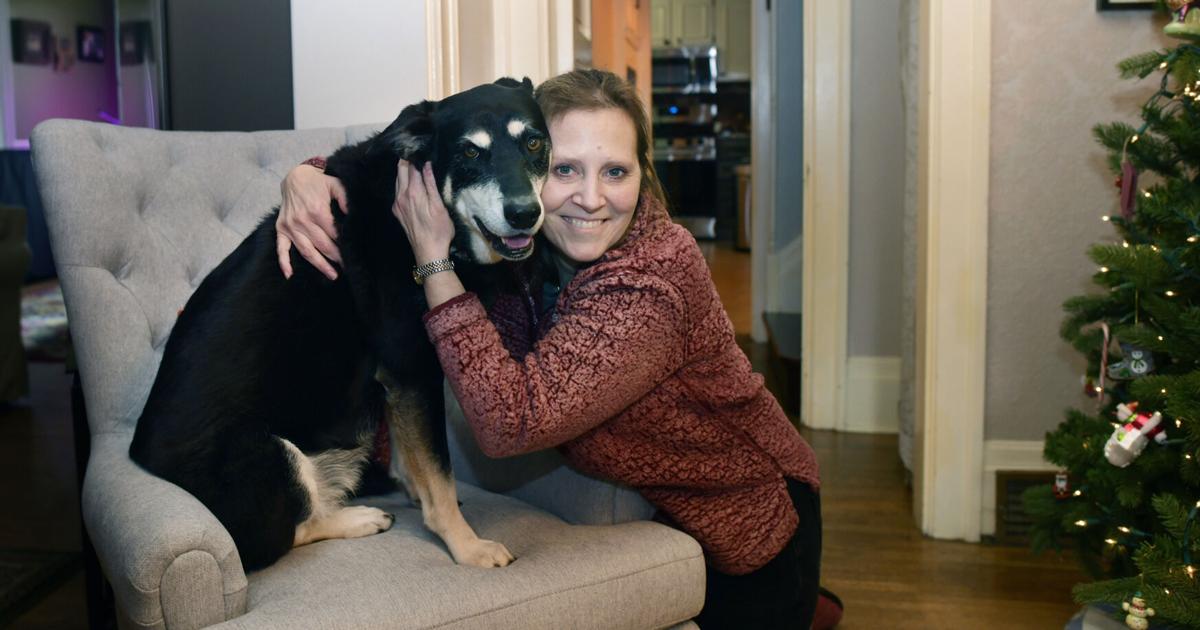

PITTSBURGH — Anne Burrows is a biological anthropologist and professor at Duquesne University in Pittsburgh who teaches a course on the unique relationship between humans and dogs.
She also has a special place in her heart for our canine companions, volunteering at Animal Friends three days a week as a dog walker and parenting an 8-year-old husky mix named Ruby.
Burrows agreed to share some of her insights into the special bond that dogs and humans share, and how dogs have evolved to better communicate with their human caregivers. (This interview has been edited for length and clarity.)
Q. How far back in time does the dog/human relationship go?
A. It goes back at least 40,000 years. There is no archaeological evidence for earlier. About 40,000 years ago in Southeast Asia and central Europe you start to see evidence of dog domestication that is irrefutable.
Q. What is unique about the dog/human relationship?
A. The way that dogs and humans read each other’s facial expressions with a high degree of accuracy. And there is no other animal, either wild or domestic, that we engage in mutual gaze with.
Q. What do you mean by “mutual gaze”?
A. We gaze into one another’s eyes. If you have a cat, you can engage in mutual gaze but typically only during a brief period of time. Both humans and dogs release the hormone oxytocin (into their bloodstream) when they engage in mutual gaze. It’s a hormone that is meant to establish an emotional bond.
When a mother gazes into the eyes of a newborn, typically her brain releases oxytocin. It encourages you to stay put. You don’t want to go places. It helps release milk. Fathers also release it when they gaze into their baby’s eyes. It seems to lower testosterone levels and helps lower aggressive impulses and (makes them) want to protect and spend time with the baby.
So there is this physiological response that both dogs and humans have when we gaze into each other’s eyes.
Q. Why do dogs and humans get along so well?
A. Tens of thousands of years of bonding. Nobody really knows why we domesticated dogs. It has to have been mutually beneficial. There are theories. (Maybe) wolf packs and humans engaged in cooperative hunting. (Maybe) wolf packs followed humans around and ate the carcasses that humans butchered.
Dogs and humans just get each other in a way that no other species do.
Q. What are the most important things dog owners need to know about their canine companions?
A. They need to ask themselves if they are willing to devote the time to house and care for a dog. Some people want to get a dog that requires no work but can pose for cute photos on Instagram. Dogs need your attention and to spend time bonding with them. I can’t tell you how many people end up surrendering a dog to a shelter because they didn’t think it would be as much work owning a dog as it is.
Q. Why is it important to devote time to your dog?
A. That is what dogs are. Dogs don’t exist without humans. Humans invented dogs. The dog brain is wired to please people and be a companion to people. If a dog can’t be that companion … the dog could develop behavioral problems. Your dog is your life partner. Your dog is part of your family.
Q. You were part of a research team that found dogs may use what is termed “puppy dog eyes” to get what they want. Explain briefly what that is and what dogs use it for.
A. The inner corners of the dog’s eyes go up and the dog looks sad. Anytime my dog does that to me I drop what I’m doing to see what she wants. Somehow humans selected for that behavior during the process of dog domestication, so many dogs do that now. Somehow dogs that make that face are able to elicit a caregiver response from their humans.
Q. The name of the class you teach is “Are Dogs Our Best Friends?” In your opinion, what is the answer to that question?
A. Yes, definitely. They never leave us. They are loyal no matter what. We use dogs to support people with life-threatening disabilities. We have Seeing Eye dogs and epilepsy dogs. We have dogs in war that have given their lives to do their jobs. At the end of the day, so many of us want to come home and snuggle with our dogs. Human and dog brains are linked. Our existence is linked.
Q. Are there any big misperceptions about dogs that you could dispel?
A. A lot of people have a notion about a pit bull. Lots of people consider pit bulls to be mean, dangerous, aggressive breeds. Every pit bull I’ve worked with has been reasonably friendly. Most of them want to be in your arms and be loved and are so eager to please humans. There are no bad pit bulls. There are bad owners. An owner trains a pit bull to be aggressive or abuses the animal.
Q. Is there anything else you think people would be interested in knowing about dogs?
A. If I leave you with anything, it would be — be kind to your dog. Don’t hit your dog. Don’t punish your dog or use a shock collar. Treat your dog with the same care that you would want. When telling your dog to do something or not to do something, it’s better to do it with positivity rather than hitting or shocking.
The sole goal for that dog is to please you, so be kind. They ask for so little.